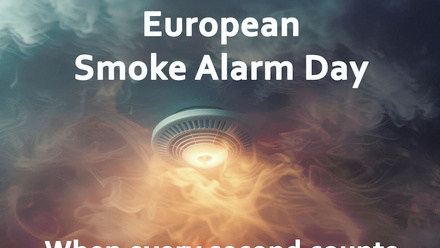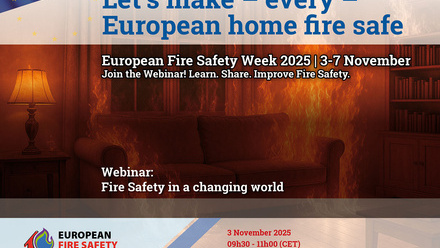Positive vote on EN 50710 opens the doors to the provision of secure remote services
The successful vote is the icing on the cake of the section’s efforts to guarantee more certainty for a future in which remote services play an increasingly important role. Jon Könz, Chair of Euralarm’s Services Section said, “It is an excellent result and an advancement for the fire safety and security industry. We would like to thank those who helped in the CEN/CENELEC JTC4/WG1 and who contributed to the ‘yes’ of 95% of the countries that could bring out a vote.” With the acceptance as a European Norm, it should be ready for publication in early 2022, after which the implementation in the respective countries will begin.
With the requirements for the provision of secure remote services via a remote access infrastructure being specified, both end-users and service providers will benefit from it. Both will also be able to take advantage of the technological developments within fire safety systems and/or security systems (FSSS) and the remote access infrastructure.
Background of Remote services
It has been common practice for many years to monitor the alarm and fault status of fire safety and security systems (FSSS) installed in premises from remote locations. Technological developments as well as the telecommunication paths nowadays permit remote access to those FSSS with a wide variety of available functions up to and including full operation and programming as if an authorized person was on-site.
Remote service supplements the on-site visits of a competent person and enables new possibilities for customers (end-users). Euralarm’s Mr. Bernd Giegerich, the convenor of WG1 said, “The overall service quality offered by the various types of professional services providers at the time of installation, maintenance or operation increases significantly. On one hand, end-users experience faster response times leading to higher system reliability and availability. On the other hand, service providers can provide new services such as predictive maintenance, which also improves staff utilisation.”
Common ground for all stakeholders
Not all countries have industry standards for the use of remote access, which are crucial for end-users and service providers. Jon Könz stated, “With the arrival of this new European Norm, there will be a robust criteria against which remote services will be measured. Further, it will contribute to overcoming any hesitation about design requirements and strict operational procedures that are fundamental in avoiding actions such as unintended deactivation of parts of an FSSS.” Bernd Giegerich adds, “Apart from giving a framework for service providers, there are also the manufacturers who will benefit from the new standard. Certain manufacturers might go directly with their services. Updates for instance can now be done by the manufacturers themselves or in consultation with the system integrator. And for services providers there is the additional benefit of having a structure to explain to their customers what they can expect. In short, it will bring more clarity for the market on the provision and use of remote services as well as more transparency on what a client can expect from a service provider.”
The pan-European approach of remote services is in line with the key objective of the European Services Directive in making provisions for cross-border services. It is important to outline that the EN 16763 (Services standard for fire safety and security systems) is referenced in the EN 50710. The EN 16763 is applied in conjunction with installation guidelines, either European (if any) or national, as well as with national laws and regulations in the field of the systems. It sets the foundation for quality in services provision and is so an important basis for the EN 50710.





